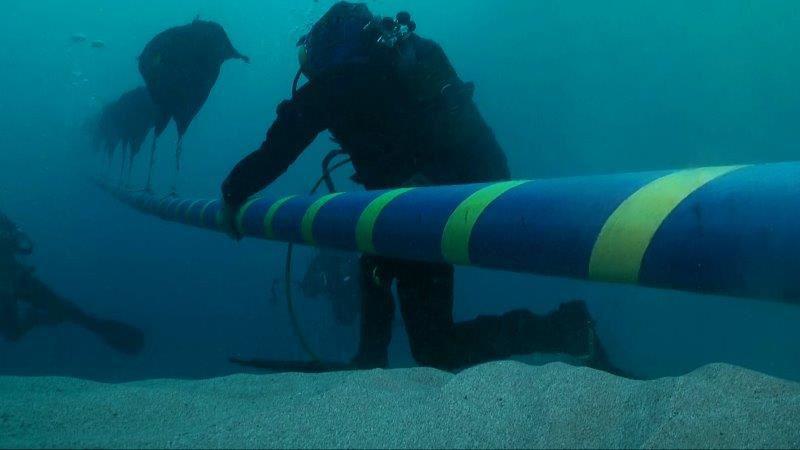“Why is the new power line important? Because, naturally, it helps Capri. Because it is not an end in itself but it also allows for the restructuring of the grid in all of the Sorrentine peninsula. Because keeping a refrigerator or an air conditioning unit running will no longer be a problem. Because it improves the lives of people that live on the island and the tourists that visit. Because it improves the environment. Because...”.
There are thousands of reasons that, whilst the sun sets on the inauguration of the new invisible power line between Capri and Sorrento, hosted by the electrical substation on the island on 14 October 2020, highlight the historic scope of a day which the Capresi have been long-awaiting. Riccardo De Zan and Francesco Perda speak proudly about the project as those who saw it being born and growing step by step. De Zan is the Terna representative for the HVDC & Submarine Cable Projects unit. And Perda works alongside him. The first step was taken in 2012 with the launch of plans for the first undersea cable between Torre Annunziata and Capri through the building of a new substation, which went into operation in 2017.




